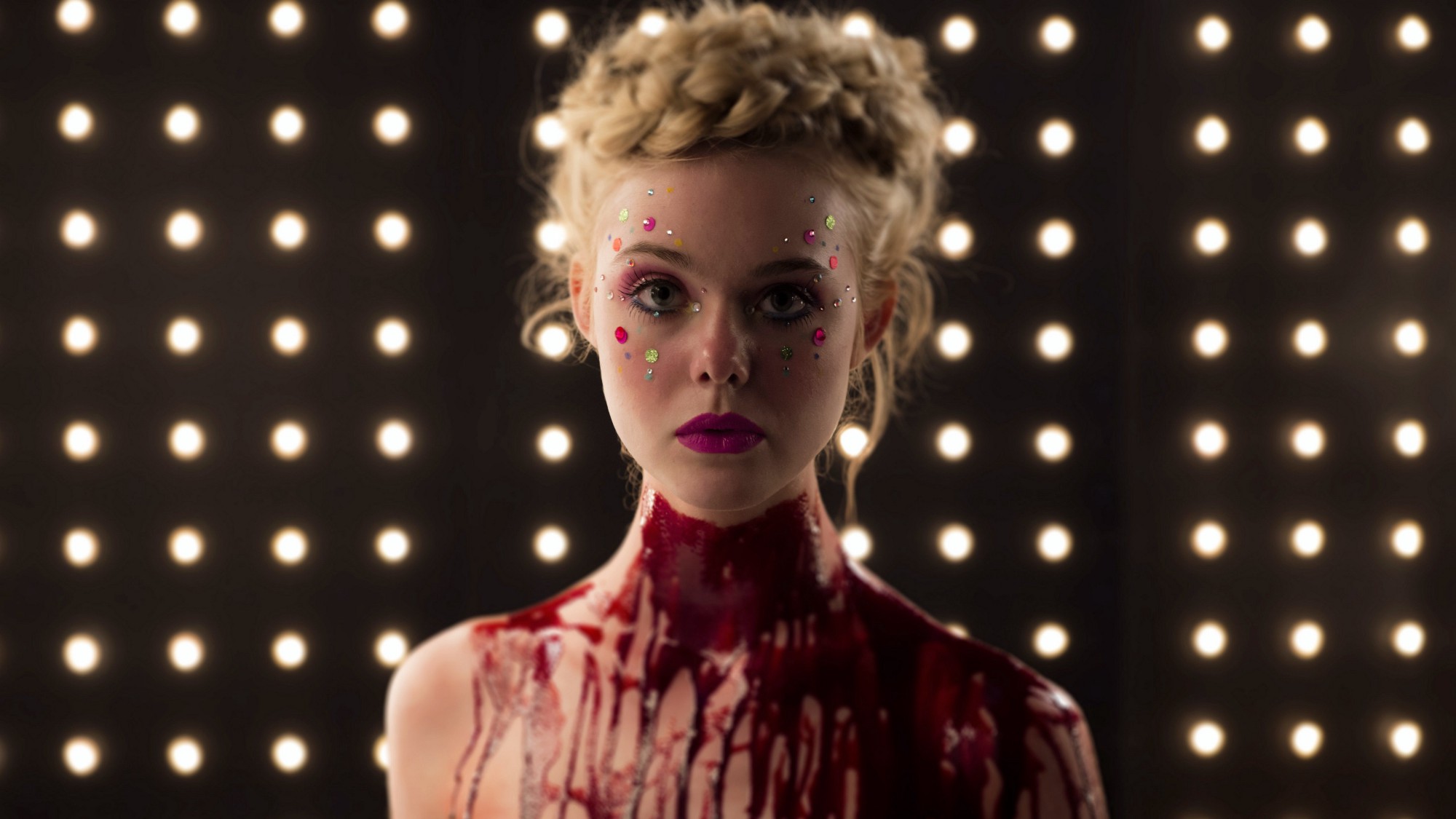
“Hell is other people” Sartre said, and is in that cynical spirit where many of the best horror films find their voices. While demon and poltergeist flicks today dominate the genre, there has always been a contingent of filmmakers who seek to forego otherworldly threats, presenting us instead with an enemy from which we have no possible means of escape: ourselves.
The following are ten of the very best movies in this category, some supernatural, others dead-on in their realism, but all sharing a common hopelessness about the state of the human condition:
1. Antichrist
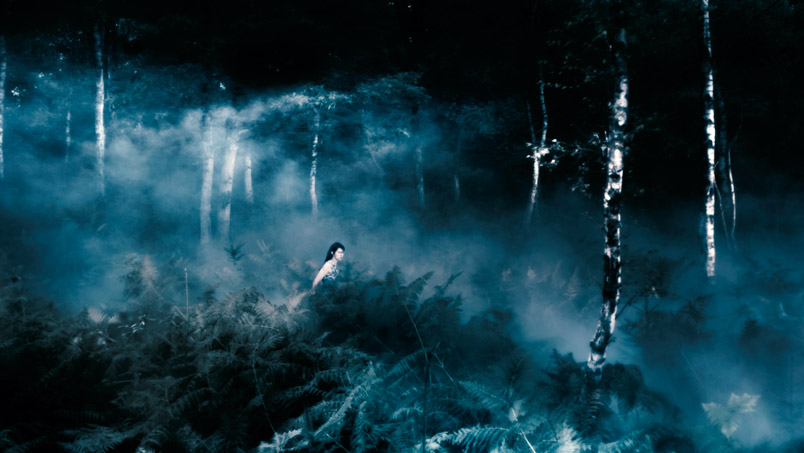
Written in bed by its director during a fit of depression, “Antichrist” is a film that doesn’t just depict mental illness, but also channels it – and with gruesome results.
Focusing on the woodland retreat of a married couple during the aftermath of their baby’s death, the film employs all manner of symbolism – Biblical allusions, talking foxes, piles of naked bodies entwined in tree-roots – to explore its character’s grief and anger, creating a setting which at times seems less like the world we physically live in and more like some sort of inescapable Freudian nightmare.
It’s an unashamedly arthouse piece, replete misty forest locales and haunting arias, all employed with the kind of self-aware pomposity that probably alienates as many people as it enthralls, but its subject matter is treated with palpable sensitivity, and Lars Von Trier never yields to the temptation to moralize about his characters’ actions. Instead, they are simply human extensions of a chaotic universe, responding to the bafflement of their shared existence by degrading and destroying one other completely.
We have much to be afraid of, Von Trier suggests, perhaps most of all in each other. “Antichrist” may not be as coherent as some of its critics would prefer, but it’s a singular achievement, disturbing in a way that no other movie before or since has quite managed to be.
2. Cold Fish
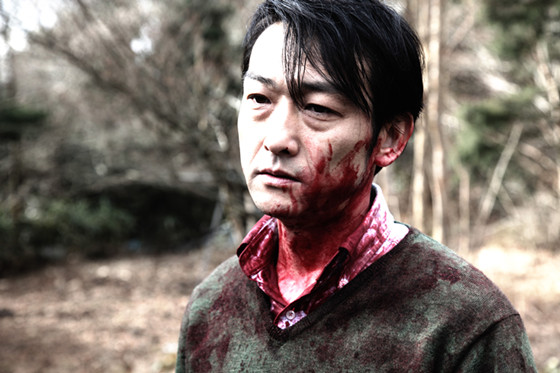
While there are many great dark movies out there, few can make the claim of being as funny as “Cold Fish.” The first in Sion Sono’s “Hate” trilogy, it explores (among others things) themes of capitalism, masculinity and the family unit by embroiling two fish store owners in a mutually destructive plot of murder and mayhem.
The first of these men is a shy and unambitious pushover, resented by the women in his life for his pathological inability to stand up for himself; the second, despite his charm, success and outwardly pleasant demeanor, is a prolific serial killer.
It’s a movie that glees in subverting viewer expectations, with Mitsuru Fukikoshi doing a fantastic job of taking his stereotypical “nice-guy loser” and exposing him for the repressed and furious coward that he secretly is, a revelation which sustains the film’s central theme of how people, once stripped of all of their mundane pleasantries, are little more than beasts.
There’s enough here to disturb most audience members – ample human dismemberment, profound social humiliation, more than one graphic rape scene – but somehow this horror is punctuated by genuine laughs, with veteran actor Denden injecting an unexpected physical comedy and murderous flamboyance into his role. To movie fans who like their films sick, strange and misanthropic to the bone, “Cold Fish” is sure to both disgust and delight.
3. Don’t Breathe
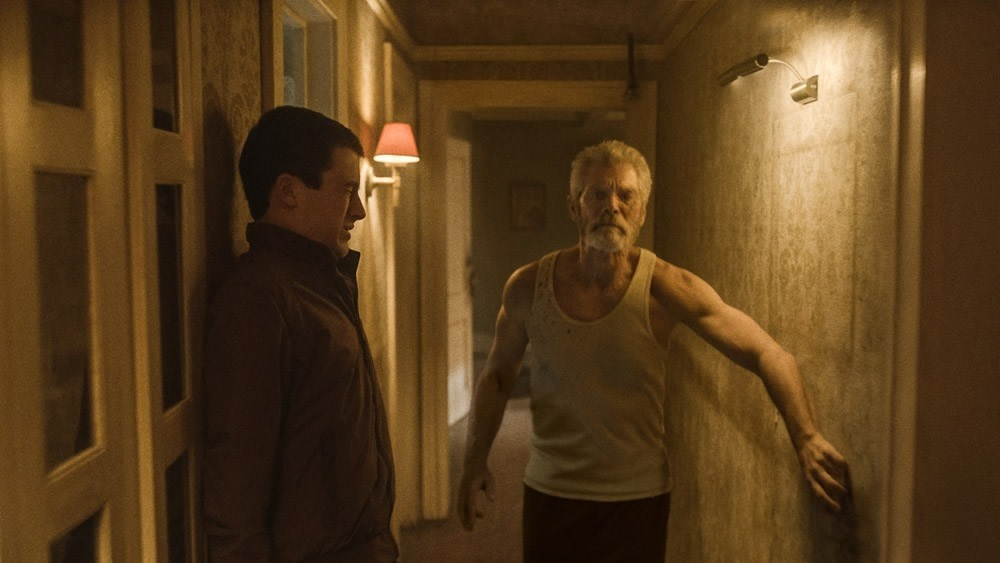
Despite its somewhat generic dialogue and shallow characters, this 2016 surprise-hit from “Evil Dead” director Fede Álvarez is highly entertaining, not least for the novelty of its premise: set amidst the economic devastation of present-day Detroit, it follows three professional burglars who set their sights upon the home of a retired Army veteran, only to discover that their victim is far more dangerous than they could ever have imagined.
Visually comprised of lush, steady camerawork, it foregoes all use of handheld filming, thereby providing its venue with a strong, unshakable quality which solidifies its menace – it is the invaders, after all, who are in danger.
This role-reversal helps endow the movie with a decidedly postmodern quality, which is furthered by the underlying moral relativism that defines its character’s motivations: there are no “good people” here – only predators and their prey.
The resulting tension is almost overwhelming at times, and while the film has caught some flack over the nature of its twist ending (and shameless sequel hook), it does, to its credit, find an innovative way to construct its villain’s origin story, which in this day and age seems like no small feat at all.
4. The Girl Next Door
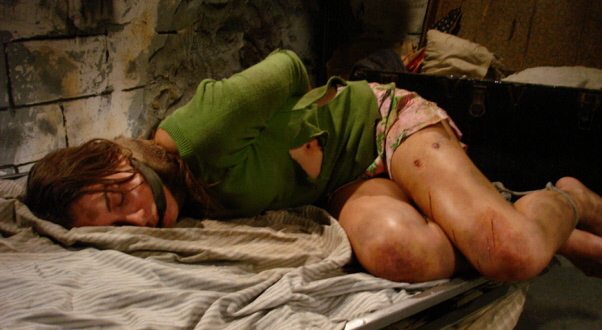
There are many things about “The Girl Next Door” that are deeply disturbing. It’s disturbing because it’s based on a true story – specifically, that of the 1965 torture-killing of Indiana teenager Sylvia Likens at the hands of her female guardian, along with the latter’s children and their friends.
It’s disturbing because of its hellishly vivid small-town-50s-Americana aesthetic, which stylizes proceedings like a sick, pastel-colored joke; it’s also disturbing in that it features some of the most extreme depictions of violence, including sexual violence, that you’re ever likely to see in a movie – and because it’s a good movie, it knows how and when to use this imagery for maximum impact.
But most of all, it’s disturbing for Blanche Baker’s performance as Ruth Chandler. She’s petrifying in the role, foregoing the frail naturalism that was Catherine Keener’s m.o in “An American Crime” (a dramatic retelling of the Likens case that was released in the same year as *TGND*) in favor of an extreme coldness and inhumanity that borders at times on the reptilian.
From her first, seedy onscreen appearance to the puke-inducing “blowtorch scene” which serves as the movie’s climax, Ruth, along with her young followers, appears to be evil incarnate, casually engaging in an almost peerless degree of brutality without ever registering so much as a moment’s remorse.
5. Salo – or the 120 Days of Sodom
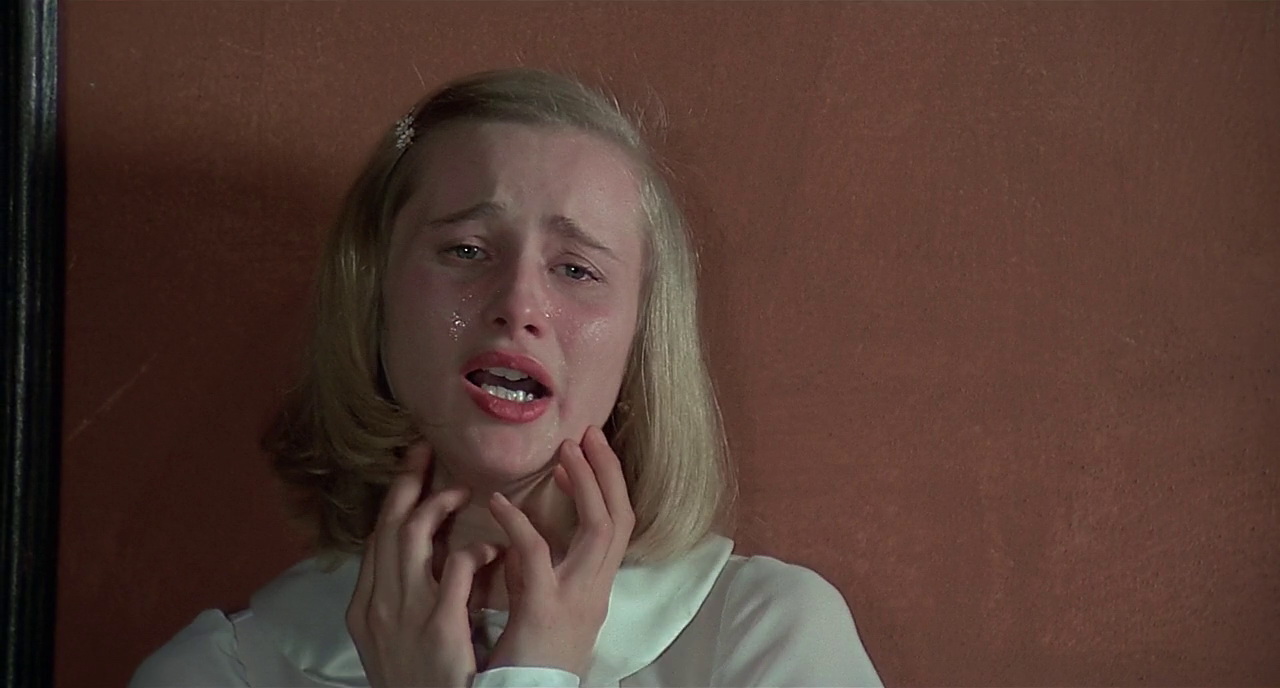
Based on a novel by the Marquis De Sade, endorsed by John Waters and topping many a list of the most shocking movies ever made, “Salo” has plenty of accolades to its name as far as transgressive filmmaking goes. An allegorical tale about the evils of fascism, it pits a mansion full of vulnerable Italian teenagers against their brutal and perverted oppressors, who enforce their will through the employment of class traitors in the form of jackbooted adolescent thugs.
The violence – which includes numerous instances of rape, torture and forced consumption of human waste – though unsettling enough in its own right, is interspersed by much pontification from the tyrants who hold sway over the domicile, who tell stories and discuss both philosophy and literature in between their bouts of sadism.
This juxtaposition between primal brutality and intellectual candor creates a horrifying tonal tension, reminding us that the men behind these crimes are fully aware of the nature of their cruelty, and can make it all stop anytime they want to: they just don’t want to. For all its shock value, though, the film is no gimmick-horror in the vein of “A Serbian Film,” but rather a brutal work of art. Masterfully constructed and as relevant today as it ever was, “Salo” a must see for all fans of truly extreme cinema.